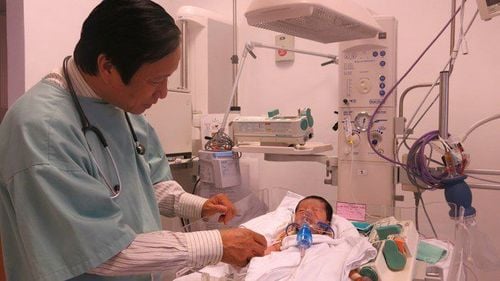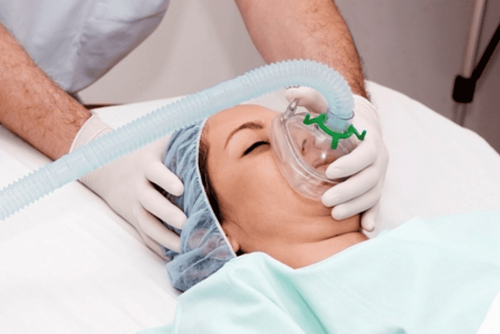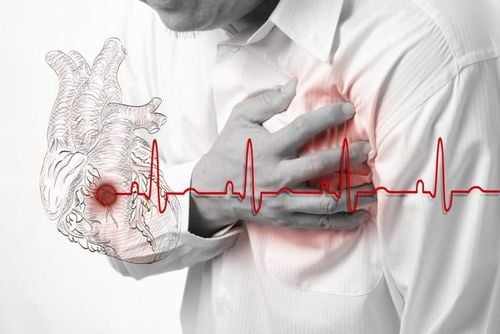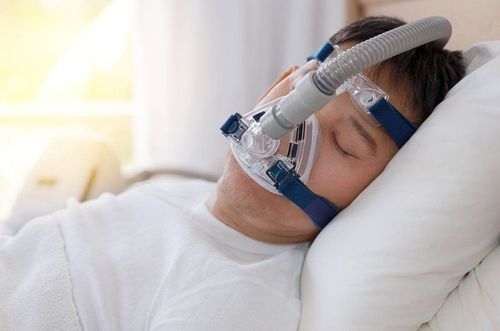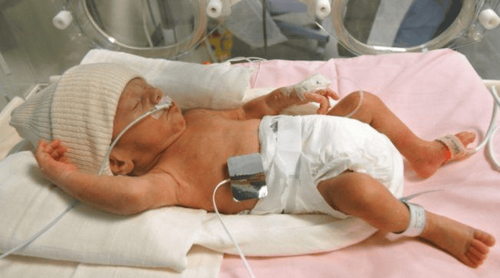This is an automatically translated article.
This article is expertly consulted by Master, Doctor Nguyen Le Duc Hoang - Emergency Medicine Doctor - Emergency Department - Vinmec Danang International Hospital.Positive pressure ventilation is a method of artificial ventilation indicated to provide respiratory support for patients who cannot breathe on their own. Monitoring patients on ventilators is an important part of their treatment and care.
1. What is positive pressure ventilation?
Positive pressure ventilation is known as artificial ventilation for the patient without the use of an endotracheal tube. This is a method to help reduce hospital-acquired infections and is a new step in emergency resuscitation, especially in COPD exacerbations.
Some positive pressure ventilators in use today:
BiPAP: Natural ventilator, non-invasive ventilation. CPAP ventilator: This is a ventilator where the patient does not need to be intubated. The machine will create an airway pressure to prevent the airway from collapsing and help the patient breathe more easily.
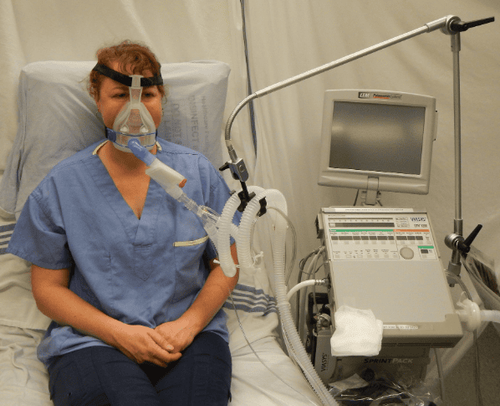
2. When is the patient assigned to use a ventilator?
In cases where the patient has breathing problems or cannot breathe on his own, the patient who has just finished surgery is usually assigned a ventilator by the doctor for the purpose of supporting breathing for the patient.
In addition, in the following cases, the doctor will prescribe the use of a ventilator:
Patients with mild and moderate respiratory failure Patients with acute hemodynamic pulmonary edema, acute quadriplegia Patients after withdrawal ducts due to pulmonary edema or atelectasis with signs of hypoxia. The patient presented with mild glottic edema after extubation. The patient was weaned from mechanical ventilation and had an exacerbation of COPD.
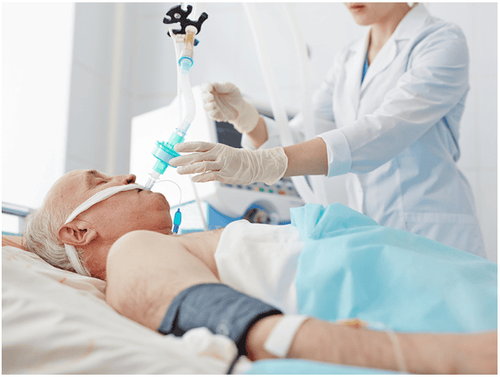
Contraindications to the use of positive pressure ventilation:
Patients who have stopped breathing Patients who are uncooperative, do not protect their own airways Patients with uncontrolled arrhythmias Patients with airway obstruction Upper respiratory tract, facial trauma, and hemodynamic instability. Patients with a lot of sputum have a poor ability to cough up.
3. How do doctors monitor ventilator patients?
Positive pressure ventilators work continuously, so it is the doctor or nurse who must constantly observe the ventilator to promptly adjust and handle problems that may occur during the process. use.
A doctor or nurse monitors a ventilator patient by monitoring the patient and checking the operation of the machine.
3.1 Monitoring ventilator patients
Check vital signs such as pulse, temperature, blood pressure, breathing rate of the patient with common tools or by machine as ordered 15 minutes/time, 30 minutes/time, 1 hour/time, 3 hours / times depending on the actual condition of each patient. Check for symptoms of hypoxemia such as cyanosis, sweating, vague consciousness and signs of fatigue... Check if you see symptoms of respiratory failure, circulatory failure, sperm condition patient's mental health Early detection of complications caused by ventilators such as trauma due to too high airway pressure, acute lung injury, gas exchange disorders, digestive disorders... Monitor and check the condition disorders of water, electrolytes and nutrition.
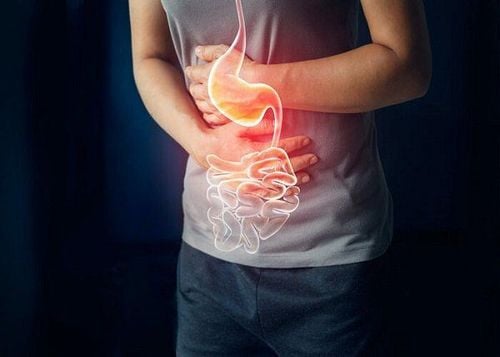
3.2 Check the operation of the ventilator
The doctor or nurse must regularly check the operation of the ventilator and its parameters. Check the joints with the endotracheal tube, the electrodes of the machine in the correct position, especially pay attention to the grounding system of the machine to prevent short-circuiting problems as well as avoid electric shock to the patient.
Check ventilator ventilation volume/min, air pump pressure and ventilation system. The water in the humidifier needs to have the necessary volume and the doctor or nurse must pay attention to change the water after 8-12 hours of operation.
And the most important thing is that the breathing rate of the machine must coincide with the patient's breathing.
Ventilator patients need to be monitored by emergency resuscitators or it will lead to complications during mechanical ventilation leading to the risk of death.
Currently, Vinmec International General Hospital is a medical facility with highly qualified and professional human resources from famous domestic and international medical universities. The most modern and advanced equipment system in Vietnam. Here, patients are cared for wholeheartedly, thoughtfully, with quick recovery time.
Please dial HOTLINE for more information or register for an appointment HERE. Download MyVinmec app to make appointments faster and to manage your bookings easily.





